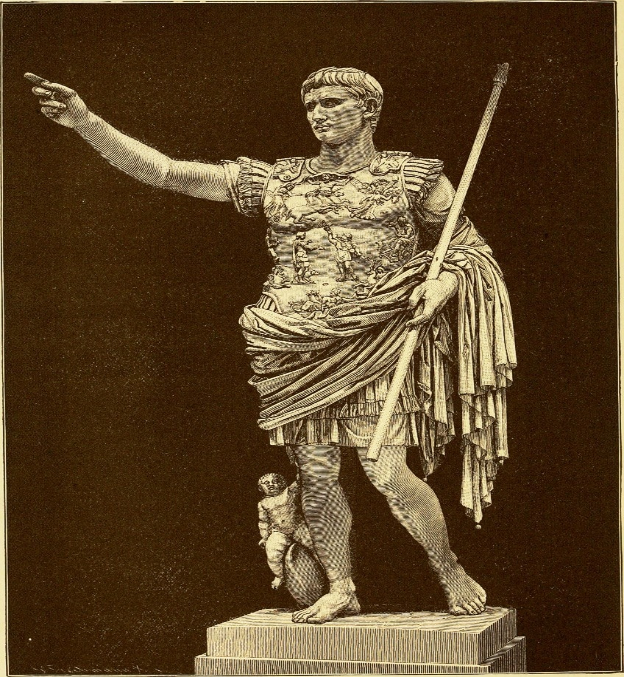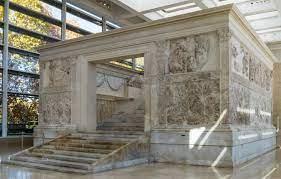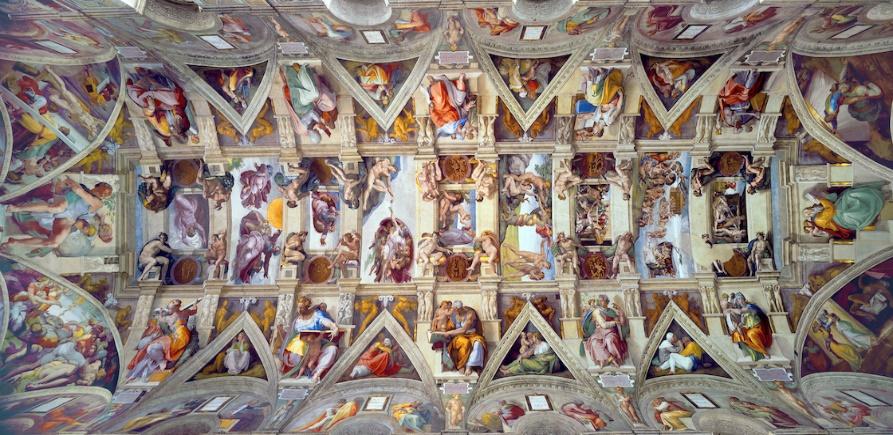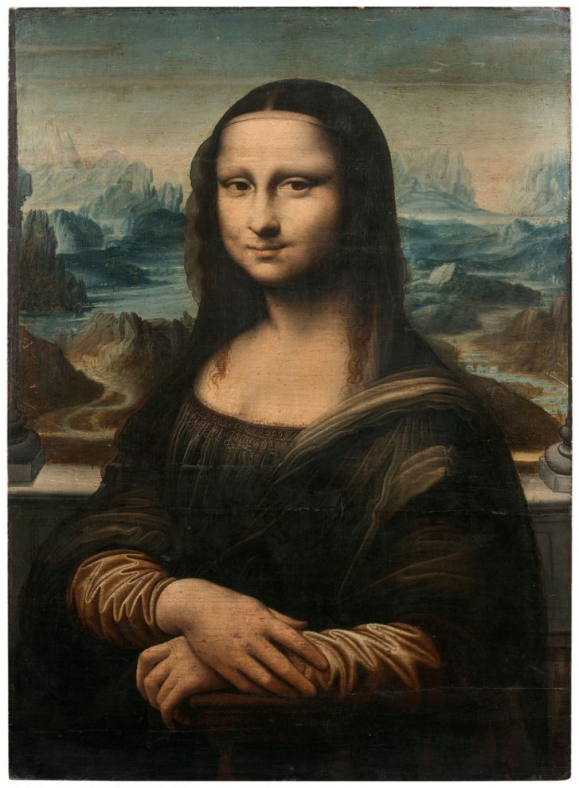The Roman Empire was one of the most powerful empires in the world for centuries. During that time, the Empire’s art and sculptures were some of the most impressive and influential in the world. The Roman Empire’s art and sculptures were characterized by their realism, their use of perspective, and their often gigantic size. Many of the Empire’s most famous artworks and sculptures are still admired and studied today. This essay analyses various artists, including Michelangelo, Leonardo da Vinci, Gaius Julius Caesar, Tacitus, Vitruvius, Praxiteles, Polygnotus, Apollodorus of Athens, and Lysippos, who created memorable sculptures and paintings during the Roman Empire period. The Roman Empire’s art and sculptures depict the opulence and power of the Empire while also providing a glimpse into the everyday life of the people who lived during that time.
The Roman Empire was a powerful and influential force during the period in which it ruled. This is evident in the art that was produced during this period. Much of the art during this time was created to glorify the Roman Empire and its accomplishments. Many of the sculptures and paintings depict scenes of battle or victory, as well as scenes of everyday Roman life (Nagel, 2020). Through these artworks, people get a better understanding of what life was like during this time.
One of the most famous pieces of art from the Roman Empire era is the statue of Augustus of Prima Porta (fig. 1). This statue was created to honor the first Roman Emperor, Augustus Caesar. The statue shows Augustus in a military uniform, holding a spear in one hand and a shield in the other (Elsner, 2018). This statue depicts that the Roman Empire was a powerful force during this period and that Augustus was a great leader.
Another famous piece of art from the Roman Empire era is the Ara Pacis, or the Altar of Peace (Fig.2). This altar was built to commemorate the peace that Augustus had brought to the Roman Empire. The altar is decorated with reliefs that depict scenes from Roman mythology, as well as scenes of daily Roman life (Elsner, 2018). The Ara Pacis depicts that the Roman Empire was a peaceful and prosperous place during this period. Artists during this time created works of art that are still admired today (Stewart, 2020). The sculptures from this era are a testament to the skill and talent of the artists of that time.
Michelangelo was a Renaissance artist who was known for his sculptures, paintings, and architectural designs. During the Roman Empire, some of the artistic styles used by Michelangelo included Renaissance, Baroque, and Rococo. Michelangelo was a highly skilled artist who was able to combine these different styles to create his own unique artworks. He is known for his use of the Classical orders and his exploration of human anatomy (Nagel, 2020). The three classical orders in the art are the Doric, the Ionic, and the Corinthian. They are named after the three major Greek architectural styles. Doric order is characterized by its simple, column-like forms and its lack of ornamental details. Ionic pattern is characterized by its more ornate columns and its use of volutes. The Corinthian order is characterized by its highly ornate columns and its use of acanthus leaves.
Some of his famous works from this time include the Statue of David and the Sistine Chapel ceiling (fig.3). Furthermore, Michelangelo’s style involved the use of light and shadow to create a sense of drama and intensity that was unmatched by other artists of his day. His use of tenebrism, or the contrast of light and dark, was particularly effective in creating a mood of suspense and mystery. Michelangelo’s paintings often featured religious or mythological subjects, which added to the sense of drama and intrigue.
Leonardo da Vinci was another Renaissance artist who was known for his paintings, drawings, and inventions. He is well remembered for his Mona Lisa (fig.4) and the Last Supper portraits, which were properly developed through da Vinci’s unique perspective and presentation of human anatomy. The Greek sculptor Lysippos was known for his statues and busts of famous people. He created the famous portraits of Alexander the Great and Zeus (Campbell, 2020). The artist employed his skills of making lifelike statues and his use of the contrapposto pose. Apollodorus of Athens was a Roman painter who is known for his paintings, such as the Battle of Issus and the Death of Alexander the Great. His style was characterized by his use of realism and his attention to detail.
Polygnotus was a Greek painter who was active in the middle of the 5th century BC. His most famous work was a painting of the Trojan War, which was displayed in the Lesche at Delphi. Polygnotus was also known for his paintings of Hades and Persephone (fig. 5) (Nagel, 2020). He also developed unique paintings of Odysseus and Nausicaa that were so realistic that they caused Odysseus to weep when he saw it. Polygnotus utilized storytelling and depicted ethos with fine details in his works as his major artistic style.
Praxiteles was a Greek sculptor who was active in the late 4th century BC. His most famous work is the statue of Aphrodite of Knidos, which was considered to be the most beautiful statue of the goddess ever made. Praxiteles was also known for his statues of Hermes and Eros, and his statue of Zeus at Olympia (fig. 6) was one of the Seven Wonders of the Ancient World (Stewart, 2020). Another remarkable artist is Pliny the Elder, a Roman naturalist and author who was active in the 1st century AD. He is remembered for his work Natural History, which is a detailed account of the natural world.
Gaius Julius Caesar was a Roman artist who was known for his realistic and lifelike sculptures. His works were often used to depict scenes from Roman history or mythology. Caesar’s sculptures were highly respected by his contemporaries and have remained popular throughout the centuries (Stewart, 2020). Caesar’s realistic style was in contrast to the idealized style of many other Roman artists. Caesar’s sculptures often showed people and scenes as they were rather than in an idealized or stylized way (Campbell, 2020). This realism was one of the things that made Caesar’s sculptures popular. Caesar’s works were often used to depict scenes from Roman history or mythology. This allowed people to see these scenes more realistically and to understand them better. Caesar’s sculptures were a valuable tool in helping people to understand and appreciate the Roman Empire.
The Roman Empire’s art and sculptures are some of the most impressive and fascinating pieces of art and architecture from ancient times. I find the level of detail and realism in the sculptures to be incredibly impressive and the overall scale and grandeur of the art and architecture to be quite awe-inspiring. I also appreciate the way that the Roman Empire’s art and sculptures often depict Roman history and culture in a very positive light, which is something I can certainly appreciate and respect. I find some of the Roman Empire art and sculptures, like the Sistine Chapel Ceiling paintings (fig. 7), to be quite disturbing and even grotesque, particularly those that depict scenes of violence, nudity, or death. Overall, the Roman Empire art and sculptures are a fascinating and varied body of work that I find both intriguing and visually stunning.
The Roman Empire’s art and sculptures depict the opulence and power of the Empire. The art is highly stylized and often depicts idealized versions of people and scenes. The sculptures are often large and impressive, and many still stand today as a testimony to the skill of the Roman artists. The art of the Roman Empire often reflected scenes of battle or victory, as well as scenes of everyday life. The art was highly realistic and often showed great attention to detail. The sculptures of the Roman Empire were often very large and were often placed in public areas such as parks or squares. Many of the sculptures were of famous people or gods, and they were often very lifelike.
References
Campbell, L. (2020). Polychromy on the Antonine wall distance sculptures: Non-destructive identification of pigments on Roman reliefs. Britannia, 51, 175–201. Web.
Elsner, J. (2018). The Art of the Roman Empire AD 100-450. Oxford University Press.
Nagel, A. (2020). Alexander Nagel. Review of “The world between empires: Art and identity in the ancient Middle East” by Blair Fowlkes-Childs and Michael Seymour. Caa. Reviews. Web.
Stewart, P. (2020). Roman sarcophagi and gandhāran sculpture. The Global Connections of Gandhāran Art. Web.
Appendix





